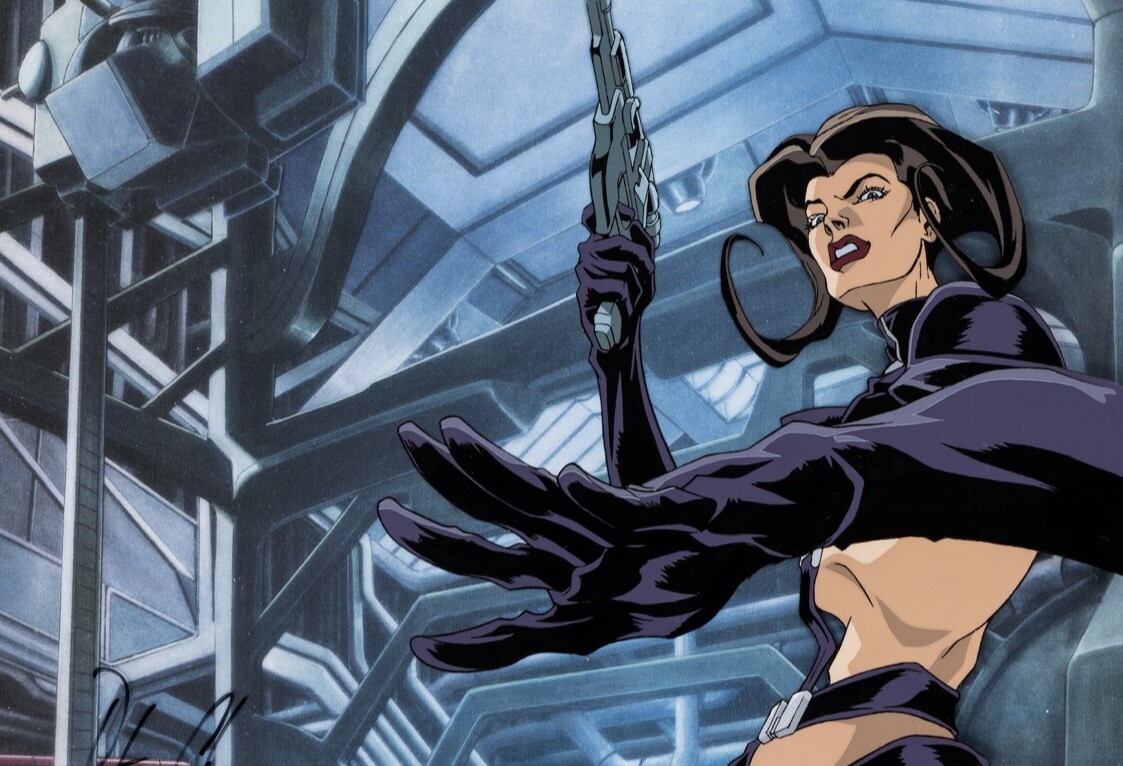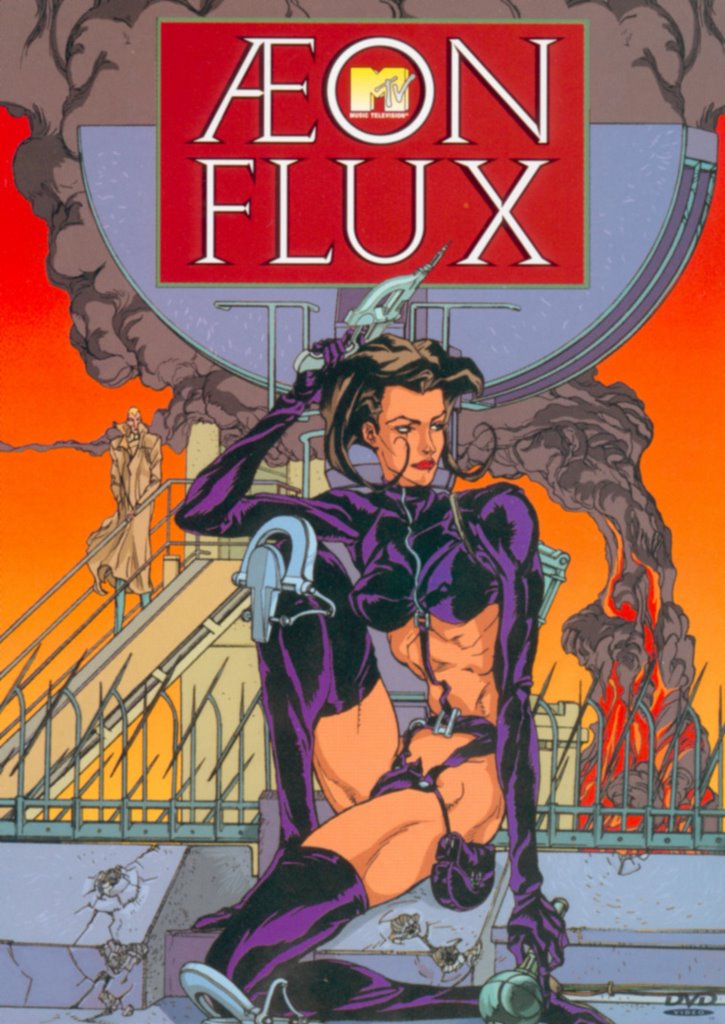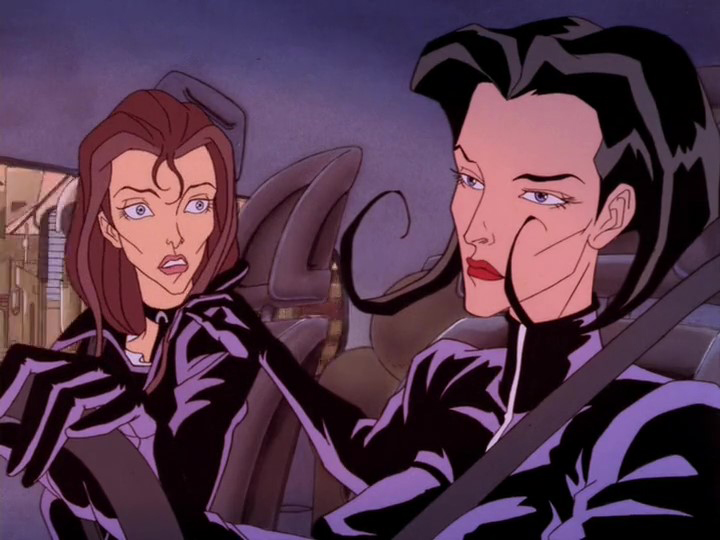Aeon Flux
A Stylish Enigma: Diving into the World of Aeon Flux
Aeon Flux. The name alone conjures up images of a sleek, enigmatic woman in a dystopian future. But this 1991 animated series from Peter Chung is much more than just a stylish aesthetic. It's a mind-bending exploration of reality, morality, and the fight for freedom.
Set in a future divided between the oppressive city-state of Bregna and the seemingly freer Monica, Aeon Flux follows the exploits of the titular character. Aeon is a skilled assassin working for the Monicans, tasked with infiltrating Bregna and disrupting their totalitarian regime. However, the lines between reality and illusion are constantly blurred. Are Aeon's missions real, or are they elaborate psychodramas?
While Aeon Flux boasts some truly stunning action sequences, the series excels in its exploration of complex themes. Is Aeon a hero fighting for freedom, or a pawn in a larger game? What does freedom truly mean in this dystopian world? The series doesn't provide easy answers, leaving viewers to grapple with these questions long after the credits roll.
Peter Chung's animation is a masterclass in style. Aeon Flux is a visual marvel, with a unique blend of cyberpunk influences, surreal landscapes, and striking character designs. The dreamlike quality of the animation perfectly complements the show's exploration of reality and perception.
Aeon Flux's impact on animation is undeniable. Its influence can be seen in shows like "Serial Experiments Lain" and "Gungrave," which share its dark, introspective themes. The series also helped pave the way for adult animation in the West, proving that animation could tackle complex topics previously reserved for live-action media.
Aeon Flux is a show that rewards multiple viewings. With its cryptic narrative and non-linear storytelling, each episode offers new layers of meaning to be discovered. It's a series that will stay with you long after you've finished watching, prompting you to question the very nature of reality itself.


